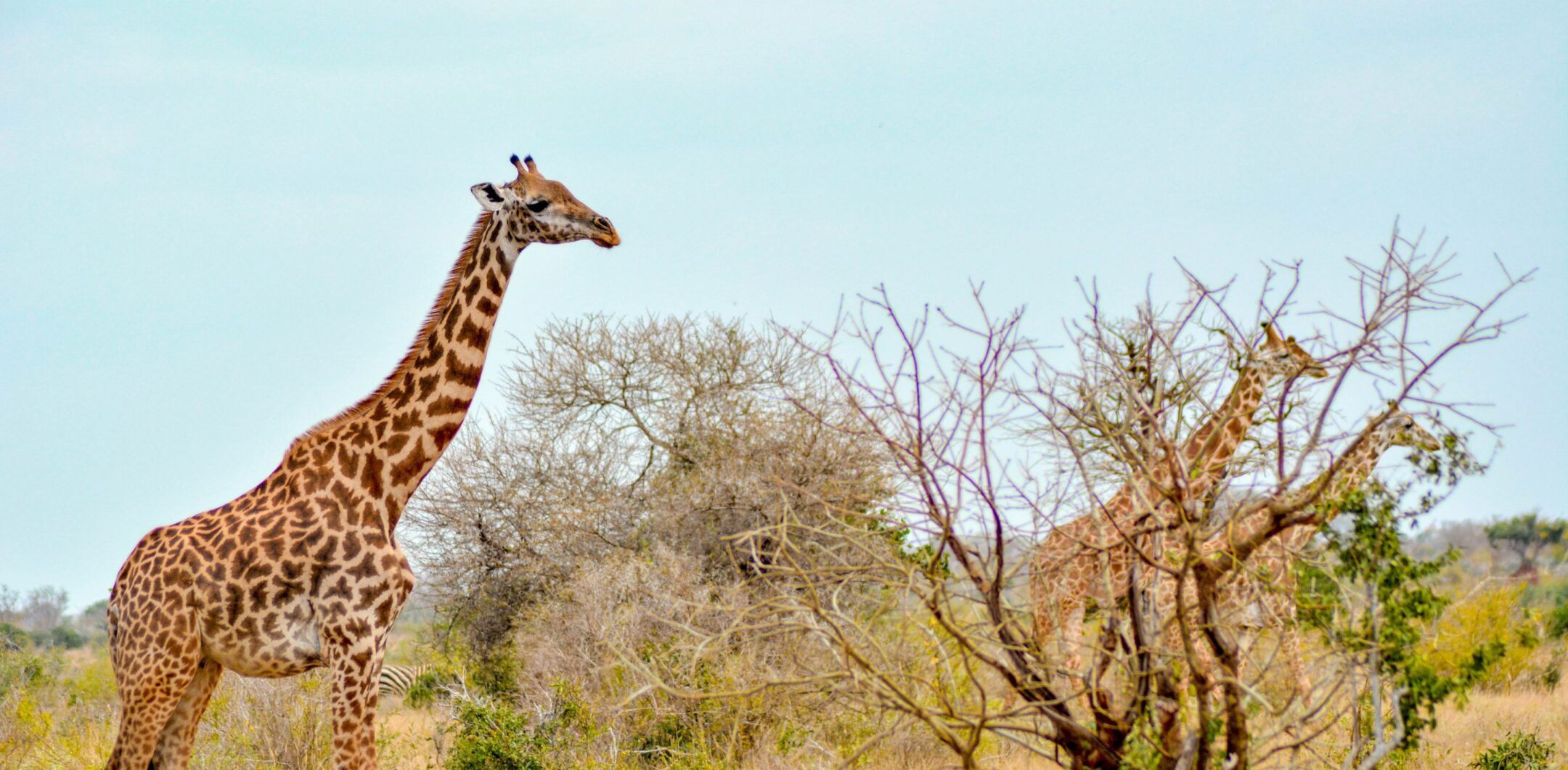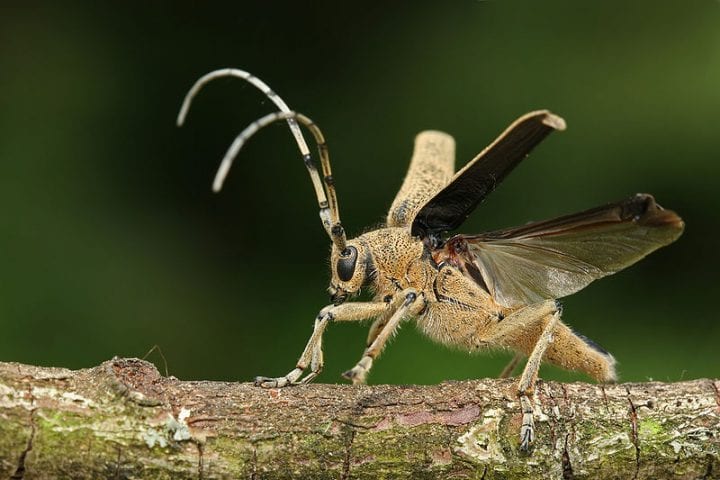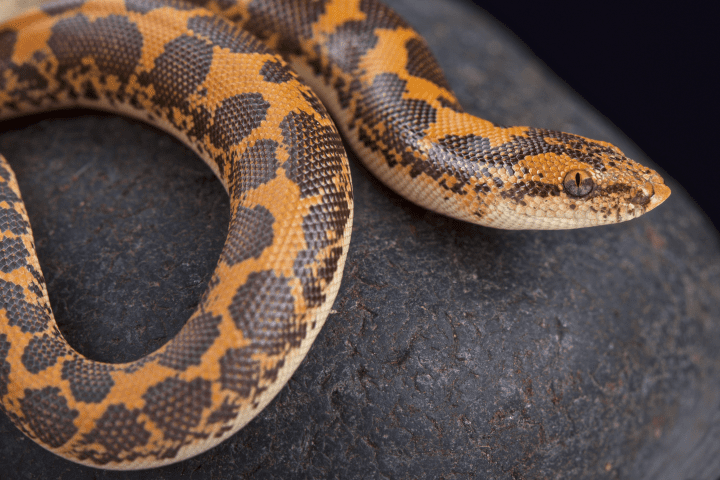Genes of giraffes maintain cardiac health despite high blood pressure by keeping thickened heart muscles supple.
Part of a series focused on the work of the Natterson-Horowitz Lab.
Introduction
An orange, globular sun resting on the horizon of the acacia-dotted savannah of Kruger National Park in South Africa reveals an iconic silhouette: an herbivore with such a long neck, it could peer through the upper windows of a two-story home. The need for giraffes to supply blood to their brains through their far-reaching necks results in systolic (i.e., arterial) blood pressures more than double that of humans, even accounting for body size differences. To handle blood pressures as high as 300 mmHg (millimeters of mercury), the left ventricle of a giraffe heart thickens over its lifespan. In humans, thickening of the left ventricle of the heart from hypertension can be lethal, but in giraffes, apparently not at all.
The Strategy
The ability of giraffe hearts to maintain their health and functionality despite the thickening of the left ventricle appears related to the relative lack of restrictive connective tissue (fibrosis) in the thickened heart wall. How does the thickened giraffe heart remain pliable? The lack of debilitating cardiac fibrosis appears related to mammalian genes that are highly-mutated in giraffes, such as FGFRL1 (Fibroblast Growth Factor Receptor Like 1).
When spliced into the genomes of mice using CRISPR-CAS9 gene editing techniques, this uniquely giraffe version of the FGFRL1 gene resulted in significantly less fibrosis in mice cardiac tissue, despite induced hypertension. Several other cardiac fibrosis-related genes in giraffe genomes show similarly high degrees of difference from comparable genes in other mammals.
The Potential
Diastolic heart failure (i.e., from thickened left ventricles) is a physically debilitating condition and one of the leading causes of death in people, especially women. A more precise understanding of the underlying mechanisms of the giraffe heart’s ability to maintain function, despite cardiac thickening, may yield pathways to therapeutic innovations vital to improving outcomes for people suffering all-too-common deadly heart conditions.





